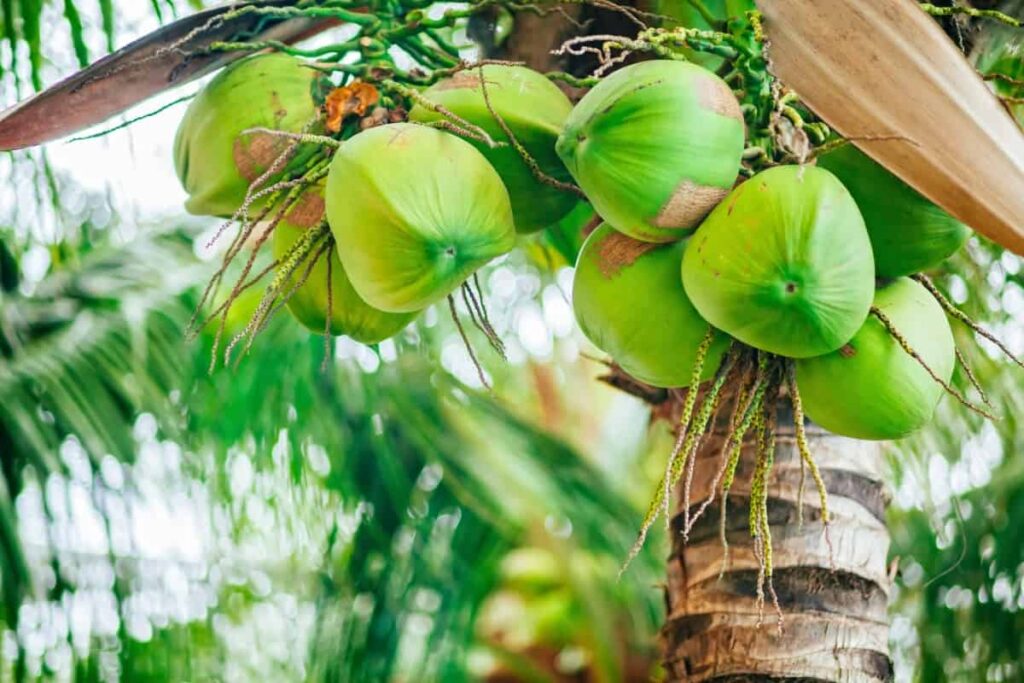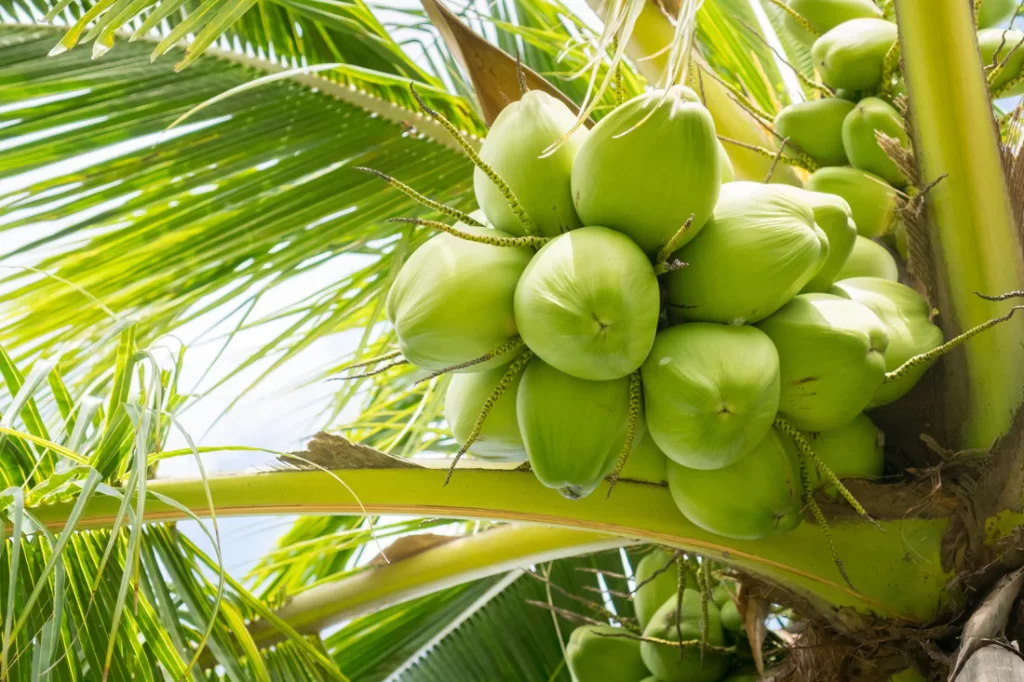India plays a pivotal role in the global coconut industry, consistently ranking among the top producers worldwide. The cultivation of coconuts spans several states, making a significant contribution to the country’s economy and providing employment opportunities for numerous farmers. With its versatility, the coconut is utilized extensively in both culinary and industrial applications. In this article, we will explore the highest coconut producing states in India, highlighting their contributions and characteristics.
Top 5 Highest Coconut Producing States In India

1. Karnataka
Karnataka stands out as one of the highest coconut-producing states in India. The state’s favorable climate and advanced cultivation practices contribute significantly to its high production levels. Key districts such as Dakshina Kannada, Udupi, and Uttara Kannada are integral to Karnataka’s coconut production. The state is not only adopting modern farming techniques but is also committed to agricultural innovation to enhance coconut yields. The combination of ideal growing conditions and effective agricultural practices makes Karnataka a leading player in the coconut industry.
2. Tamil Nadu
Tamil Nadu has long been recognized for its expertise in palm cultivation, making it one of the highest coconut-producing states in India. The coastal districts of Thanjavur, Tiruchirappalli, and Kanyakumari are known for their excellent climatic conditions that support coconut growth. Tamil Nadu’s agricultural policies and support systems have created a strong foundation for consistent coconut production. The state’s emphasis on sustainable agricultural practices further contributes to its stability and success in coconut farming.
3. Kerala
Kerala’s association with coconuts is deeply rooted in its culture and economy. The state’s abundant landscapes are dotted with coconut trees, highlighting its status as a major coconut hub. Kerala’s productive zones, characterized by rich soil and frequent rainfall, provide an ideal environment for coconut cultivation. Thrissur, Malappuram, and Kozhikode are prominent contributors to the state’s coconut output. Kerala’s commitment to organic farming and traditional cultivation methods has solidified its position as the leading coconut producer in the country.
4. Andhra Pradesh
Andhra Pradesh is a key player in India’s coconut sector, serving as both a major production center and a distribution hub. The coastal regions, including the districts of East Godavari, West Godavari, and Krishna, are particularly conducive to coconut farming. The state’s forward-looking agricultural policies and infrastructure investments have played a significant role in its coconut farming success. Additionally, Andhra Pradesh’s irrigation schemes and research initiatives aimed at improving plantation yields contribute to its productive capacity in the coconut industry.
5. West Bengal
West Bengal presents substantial potential for coconut cultivation, particularly in its coastal and plain regions. Areas such as South 24 Parganas, North 24 Parganas, and East Medinipur are known for their extensive coconut plantations. Despite facing challenges such as soil salinity and cyclone weather, West Bengal’s farmers are demonstrating resilience and adaptability. The state government’s support through subsidies and technical assistance programs has also contributed to the development of coconut farming in West Bengal, maintaining its status as a significant coconut producer.
Conclusion
India’s coconut industry thrives on the synergy between skilled farmers, favorable agro-climatic conditions, and supportive government policies. The highest coconut producing states in India—Karnataka, Tamil Nadu, Kerala, Andhra Pradesh, and West Bengal—showcase the nation’s agricultural prowess and effective utilization of natural resources. As these states continue to innovate and adopt sustainable practices, the coconut sector in India is poised for further growth, ensuring the continued prosperity of economies and livelihoods centered around coconut production.


